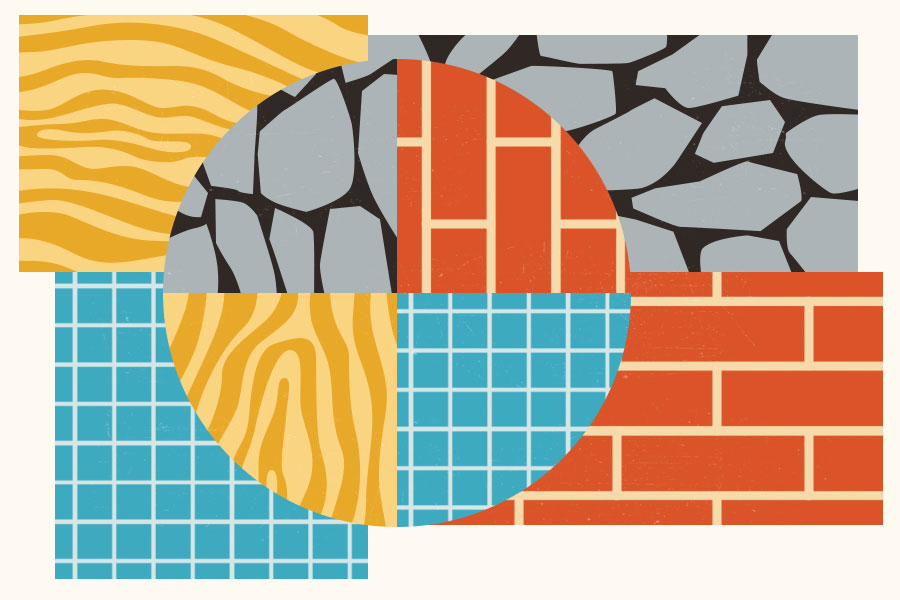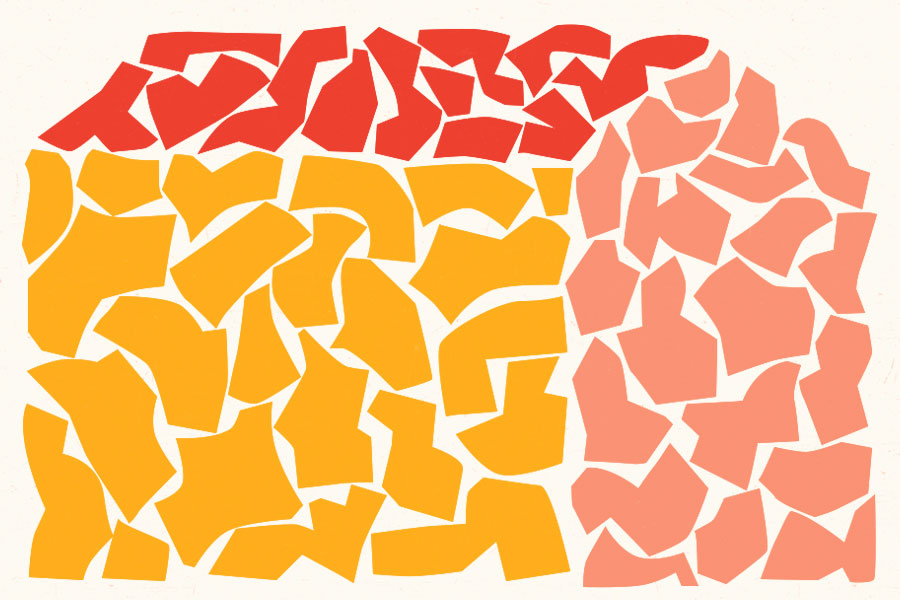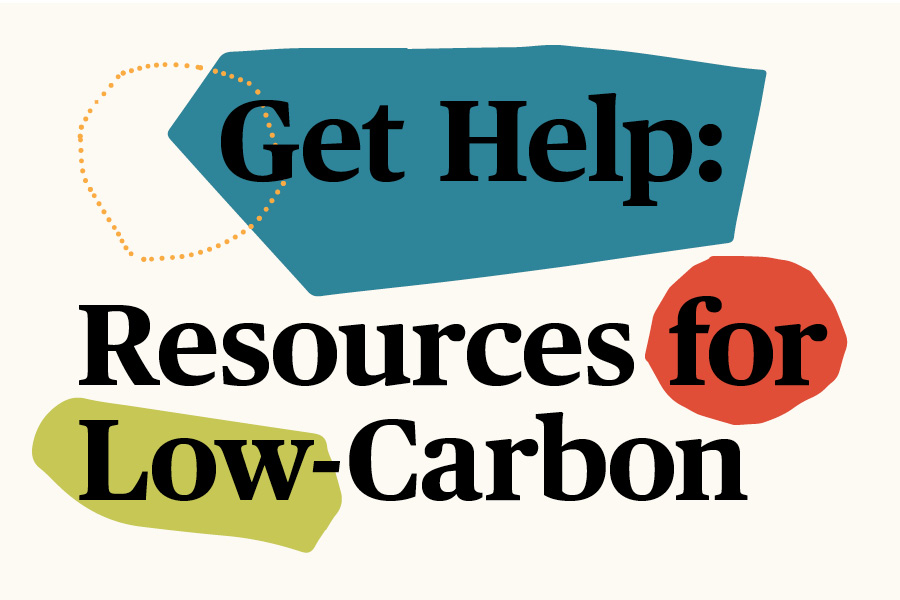
Cheat Sheet: 10 Strategies to Start With
These 10 strategies represent a basic, holistic approach to low-carbon interiors. They are useful perspectives regardless of where your practice is in its sustainability journey; technical resources and tools have been provided where necessary.
Learn the Language of Carbon
Low-carbon design begins with understanding basic carbon concepts and tools. See how >
Bring it Up with the Team
Initiate conversations about carbon with all stakeholders—clients, contractors, vendors, and end-users. See how >
Uncover Creative Possibilities
Prioritizing reuse and recycling can result in beautiful, exciting, and emotionally resonant spaces. See how >
Think Differently About Materials
Optimize the material palette and select products with appropriate durability for different applications. See how >
Find the Hotspots
Identify the parts of your work with the biggest carbon footprints so that you can tackle those first. See how >
Screen Products
Set up a general screening process for all materials and products so that decisions on individual projects become easier. See how>
Sample Responsibly
Reducing the waste of the sampling process helps cut down the carbon footprints of both firms and manufacturers. See how >
Partner Up to Reuse and Recycle
Find collaborators interested in sustainable construction and engage with them early. See how >
Design for the Next Life
Assume that any space you design will be deconstructed and renovated, and take decisions accordingly. See how >
Close Out Responsibly
Equip your current clients with enough information about their space so that future occupants and designers can reuse and renovate the space responsibly. See how >
If you have feedback on the Climate Toolkit for Interior Design, write to: [email protected]














